The Waste & Recycling industry, a crucial component in the pursuit of a sustainable future, is undergoing a significant transformation. In this era where efficiency, environmental responsibility, and innovation intersect, AI emerges as a pivotal tool in revolutionizing waste management and recycling processes.
As our technologies continue to evolve, they hold the promise of significantly mitigating the environmental impact of waste and propelling the industry towards a greener, more circular economy.
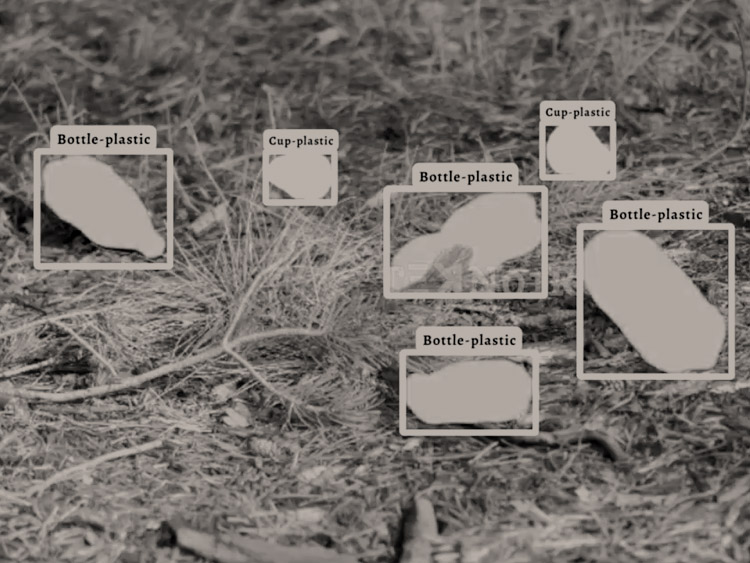
1/8
Waste Sorting and Management

2/8
Predictive Analytics for Collection Routes
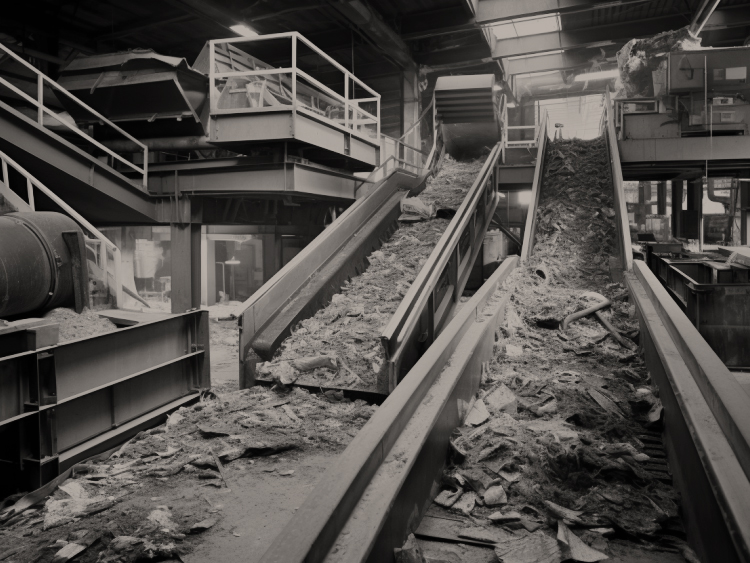
3/8
Material Recovery Facilities Optimization

4/8
Waste Volume and Composition Analysis

5/8
Enhanced Customer Engagement
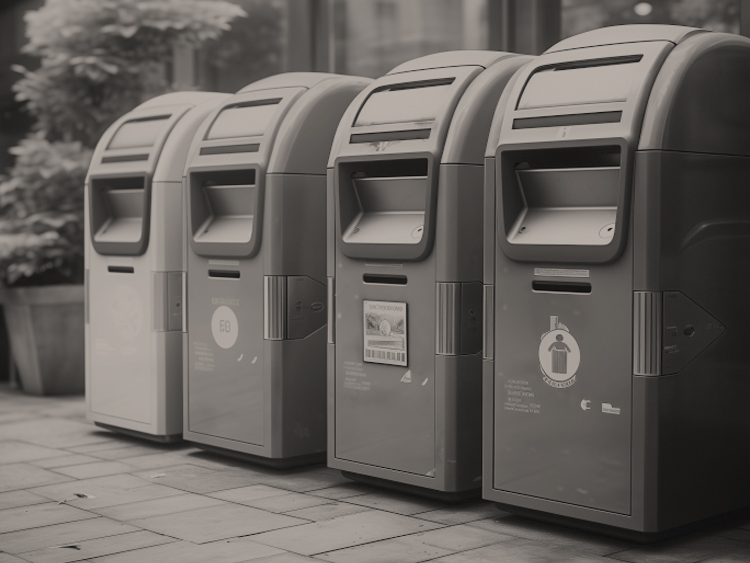
6/8
Smart Bins and IoT Integration
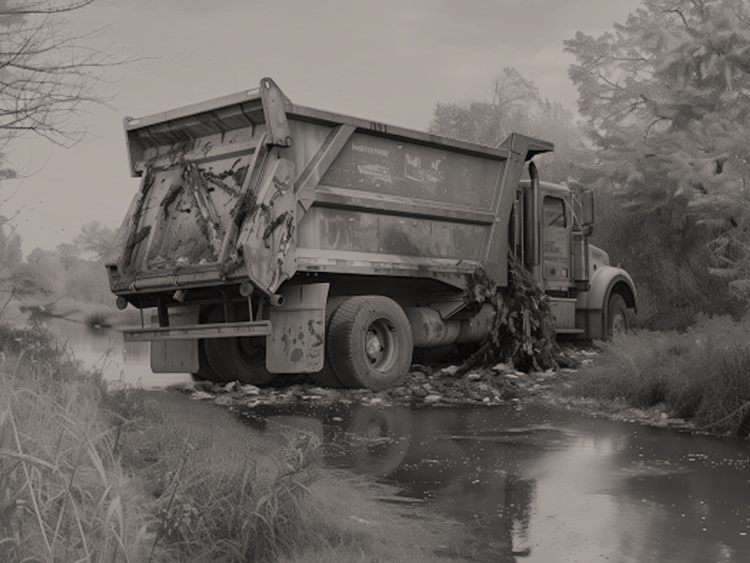
7/8
Illegal Dumping Detection
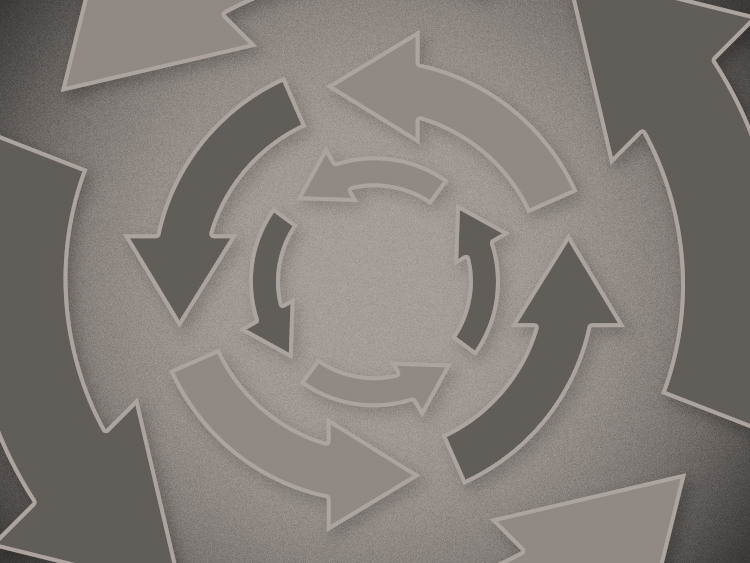
8/8
Lifecycle Analysis and Reporting
01
Plastic consumption has quadrupled in the past 30 years, and is expected to triple in the next 30. Meanwhile, global plastic recycling rates have failed to reach two digits. Less than 10% of all the plastic ever produced has been recycled.
02
On average, Americans throw away about 1,200 pounds of organic garbage each year. We only recycle about 67.2 million tons of a possible 267.8 million tons – less than a quarter of total MSW. The EPA estimates that around 75% of all waste is recyclable. Each American produces about 4.51 pounds of trash in a single day.
03
1.5 million tons of trash is illegally dumped each year in the US (source: EPA) This equates to approximately 4,109 tons of trash per day 100 million tons of trash is illegally dumped per year worldwide Illegal dumping statistics do not include cigarette butts and plastic bags Illegal dumping costs $600 per ton on average to clean up Large cities spend millions on cleanup each year.
